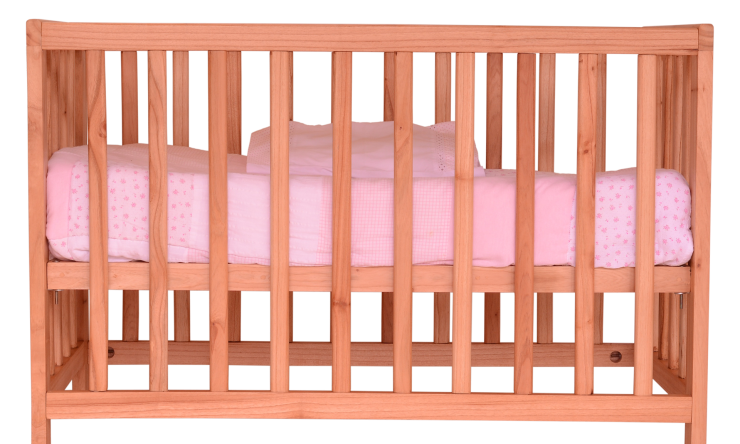Preventing sleep-related infant deaths
Sleep-related infant deaths are reported as one of the leading causes of non-natural infant deaths in the country. An expert with Baylor College of Medicine explains how to ensure infant sleep safety and why their safety may be compromised.
“Sleep position and sleep environment are very important factors to look at when thinking about infant sleep safety,” said Dr. Angie Hayes, clinical research associate in pediatrics – public health at Baylor and Texas Children’s Hospital. “There are a lot of factors that can impact this, so it’s important for new parents to be knowledgeable about best practices for their babies.”
The safest sleeping position for infants has the child lying on its back with the face pointing upward, or the supine position. Infants should not sleep on soft bedding, that is, any surface that allows the child to sink into the surface and that could cause them to roll over. Avoid putting soft things around them, such as blankets, toys and bumpers in their cribs.
“The youngest infants have the least amount of control over their airway position, so if that gets compromised when they sleep, they may not know how to correct their positioning, leading to suffocation,” Hayes said.
A large factor that contributes to sleep-related infant death is bed or surface sharing — when an infant and any person sleep together on any surface.
“There are times when caretakers will sleep in the same bed as infants, but this can be dangerous. Don’t share a bed or couch with infants when resting,” Hayes said. “Room sharing is a yes, bed sharing is a no.”
Hayes also is the chair for Harris County’s Child Fatality Review Team and leads the county’s study of sleep-related infant deaths. She says housing stability is a key factor in sleep safety. Natural disasters and economic events like recessions can displace families and lead to multiple people needing to unsafely share sleep surfaces. Families of lower socioeconomic status are disproportionately affected by these events and have a higher risk of being placed in unfavorable environments for infant sleep safety.
When it comes to preventing sleep-related infant deaths, Hayes stresses the importance of using the resources hospitals and other healthcare organizations provide about the subject and encourages new mothers to follow sleep safety recommendations from the American Academy of Pediatrics.










